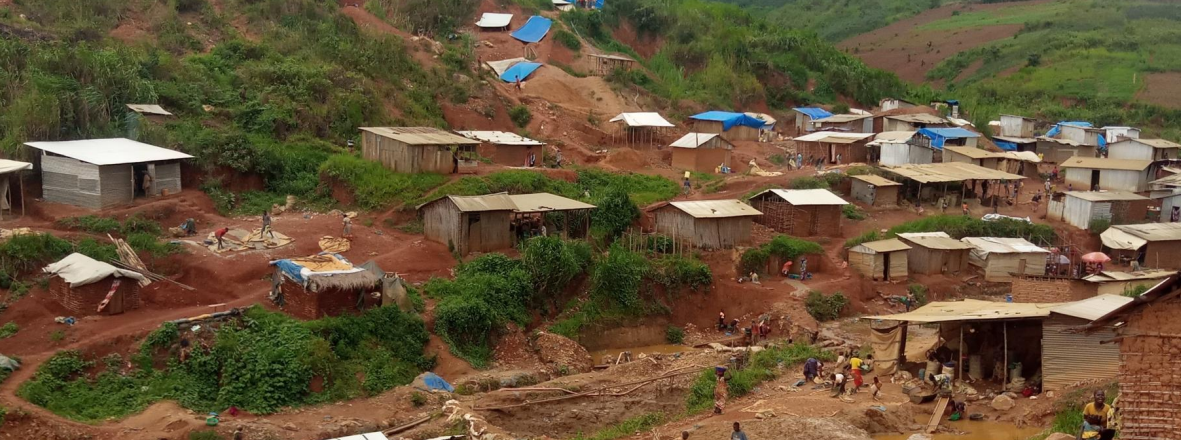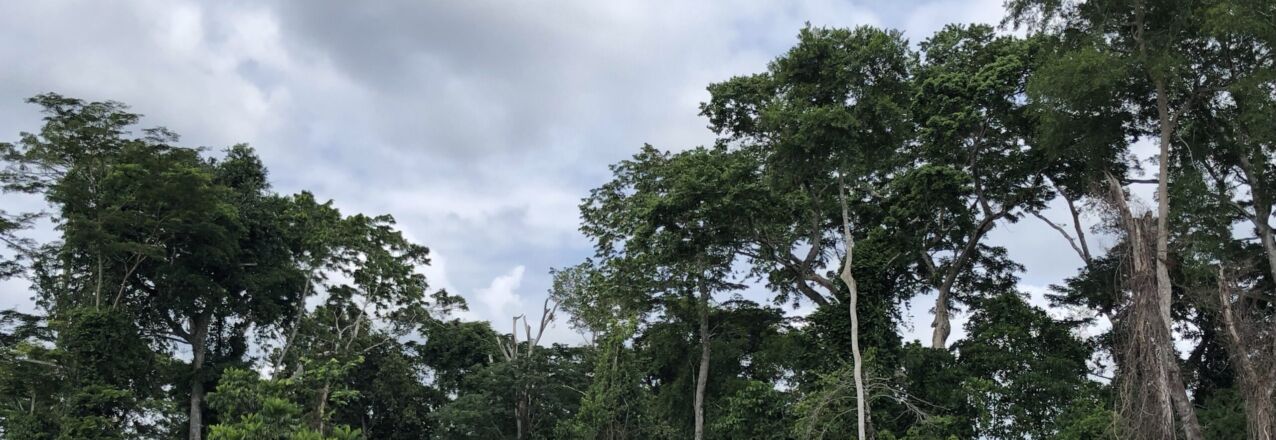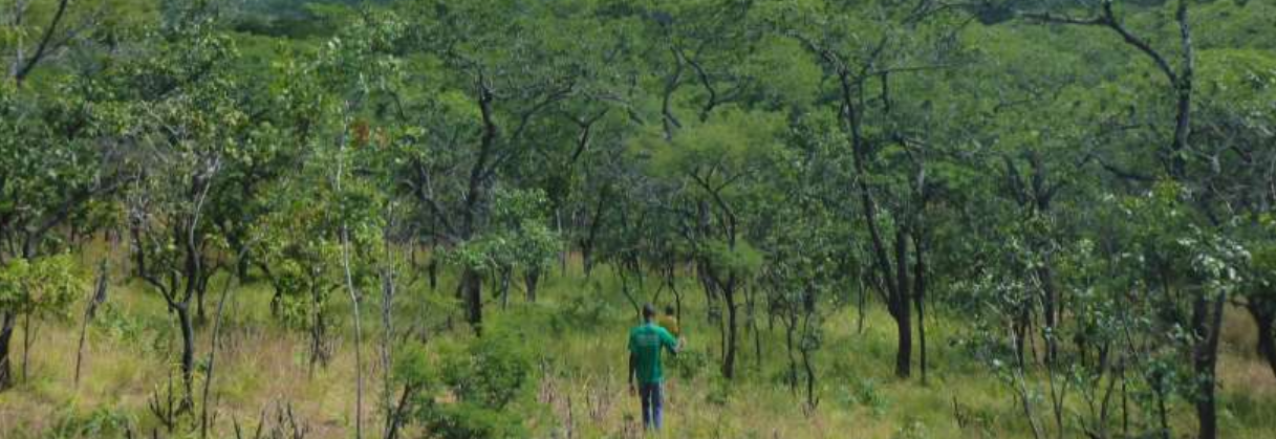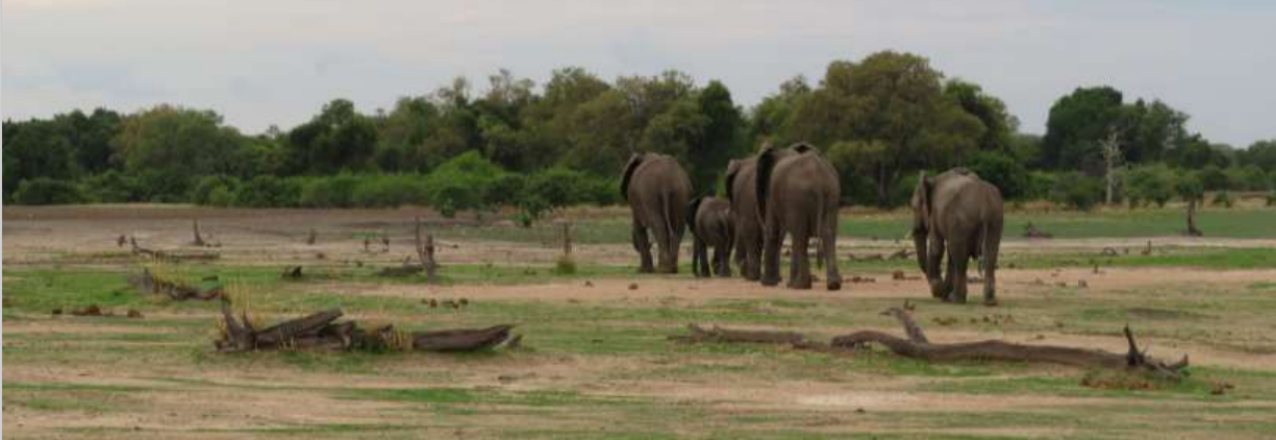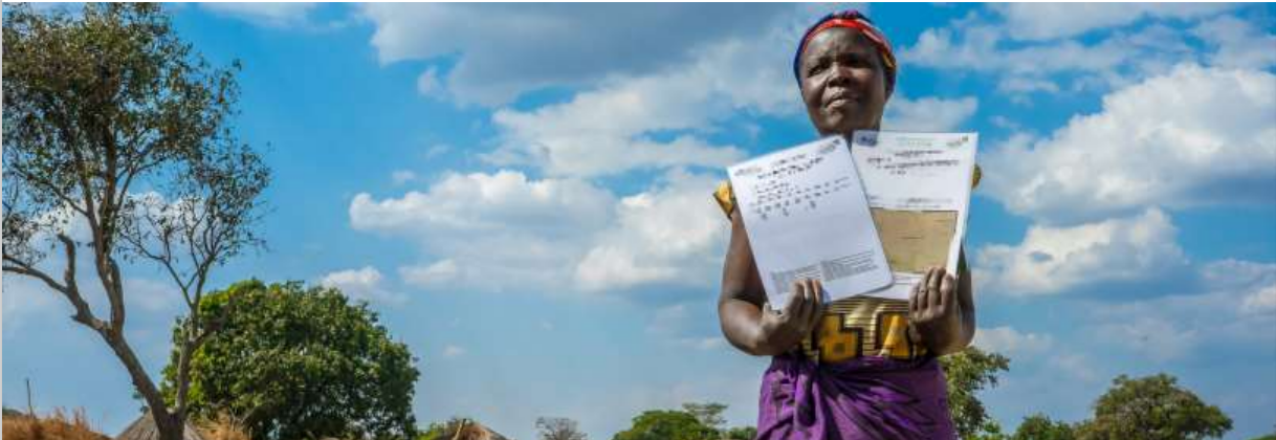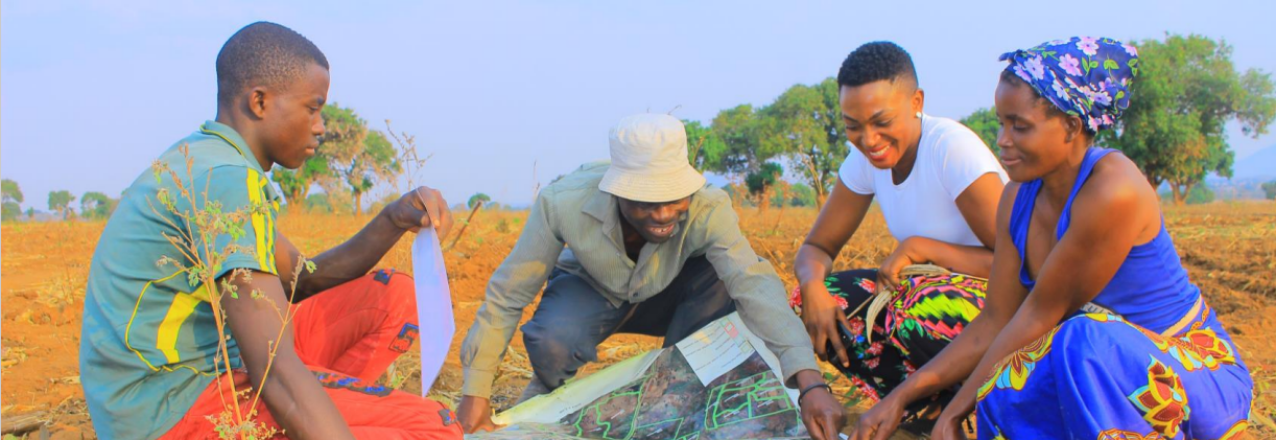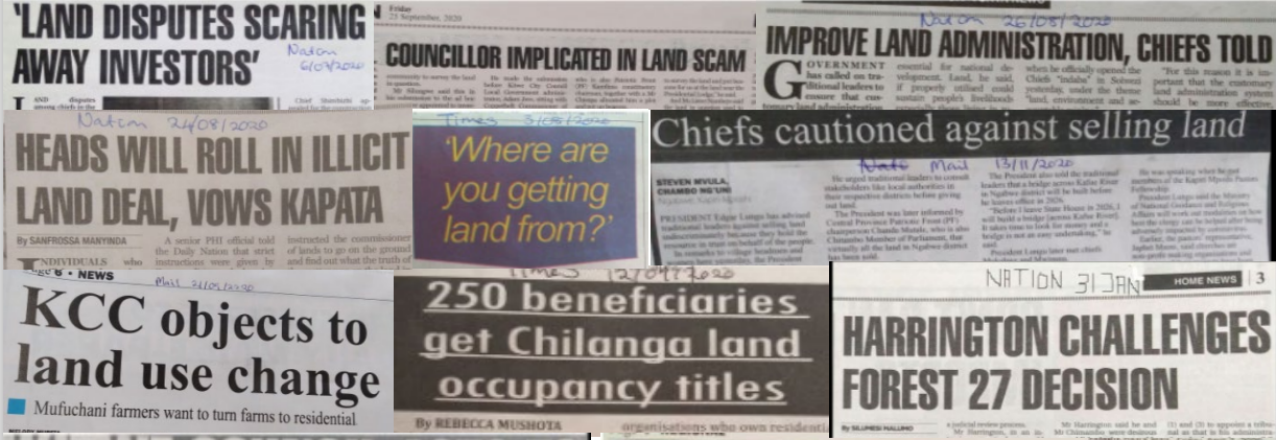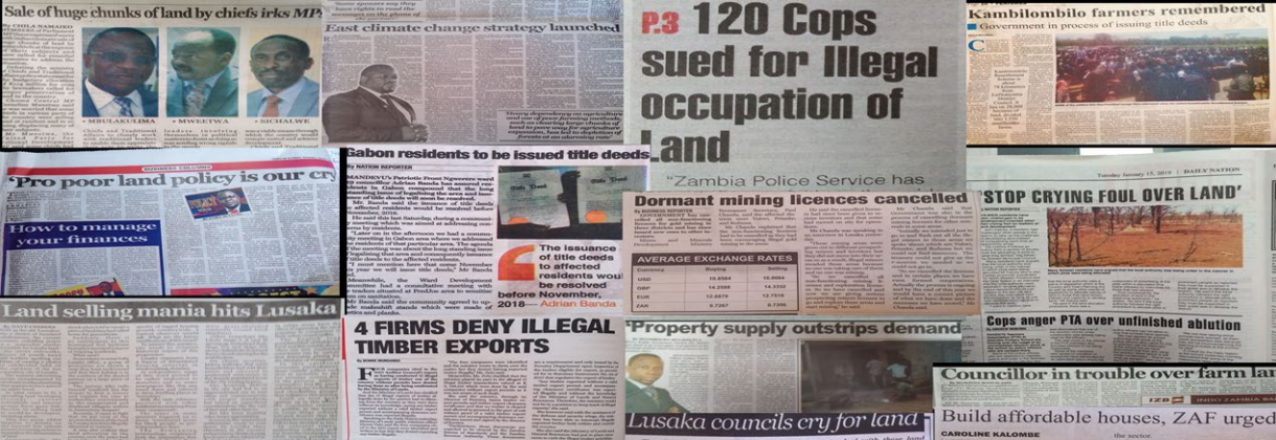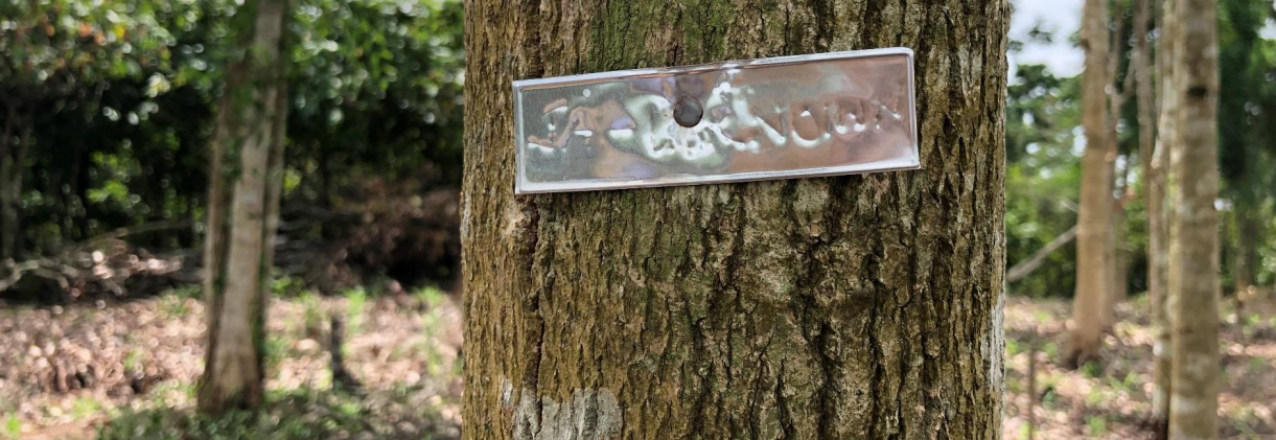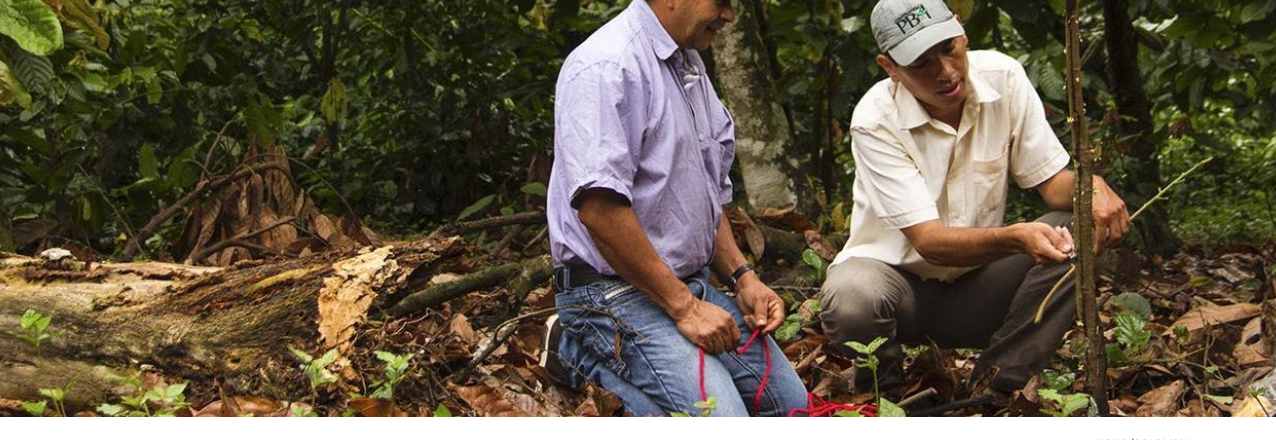EXECUTIVE SUMMARY
In late 2017, almost fifteen years after the end of the second Congo war, and after several years of relative peaceful coexistence, inter-communal tensions flared up once again in Ituri province, in eastern Democratic Republic of Congo (DRC). In December 2017, isolated violent incidents between members of the Hema and Lendu communities provoked an escalation and heralded the beginning of a new cycle of deadly violence and large-scale internal displacements. In 2021, the persistent violence in eastern DRC, particularly in the provinces of Ituri and North Kivu, led the DRC government to impose ‘martial law.’
By zooming in on Djugu territory, an area rich in gold in the center of Ituri, this report provides a detailed description of local conflict dynamics. During the second Congo war (1998-2003), economic stakes were high and access to gold drove several conflict actors (Congolese and regional) in Ituri to resort to violence as they sought for control of the high value resource.1 This report investigates the link between the exploitation of gold in Djugu territory and the current conflict. It addresses the question of whether the current conflicts in Ituri province result from competition over mineral resources, or is the presence of gold mines rather an opportunity to finance war efforts? Although nowadays gold does not seem to be the prime cause of conflict, it is becoming increasingly an important asset in the survival strategies of armed groups.
Two important contextual elements in Djugu should be highlighted: the economic importance of gold mining and the importance of ethnicity in the local administration. The discovery of gold in Djugu and Ituri dates back to the early 1900s. Over the following decades, industrial gold mining boomed, but by the end of the century it collapsed completely, because of a declining economy, the degradation of mining infrastructure, and devastating civil wars. At present gold in Ituri is exclusively mined by artisanal and semi-industrial miners.
Throughout the twentieth century, first colonial and then former President of the Democratic Republic of the Congo, Mobutu Sese Seko’s policies led to inter-communal tensions, particularly between Hema and Lendu, but also between other communities in Ituri. For example, access to land and customary power led to fierce inter-communal competition.
During the second Congo war (1998 – 2003) most rebel groups were supported by neighboring states, while today, apart from the recent violent resurgence of the Rwanda-backed M23 group in the province of North Kivu, armed groups, for example in Ituri, seem much more locally rooted and less dependent on foreign states. This study focuses on two non-state armed groups which are active in Djugu, notably the Coopérative de Développement Économique du Congo (CODECO) and its factions, and Jeunesse/’Zaïre’, a group of self-defense militias. CODECO claims to mobilize in defense of Lendu communities to protect them against the perceived domination by other communities (mainly Hema), and against the Congolese national army (FARDC). In response to the violence perpetrated by CODECO, several armed self-defense groups have been created.
In May 2021, current President Antoine Tshisekedi declared martial law in Ituri and North Kivu provinces, effectively suspending the provincial civilian government and granting full executive power to the military governor. By imposing martial law, the government aimed to deal with armed violence more efficiently and to restore peace in a durable way. By early 2023, it is clear that martial law has failed in its mission, as violence has not stopped. It even seems that government security forces, rather than bringing a solution to the conflicts, have become part of the problem. CODECO factions regularly erupt into violence, and the FARDC has made local informal security arrangements with armed groups, including with Jeunesse/’Zaïre’.
When trying to understand the political economy of armed conflicts in Ituri province, and more specifically in Djugu territory, gold mining is an important factor. Since 2021, gold has become an increasingly important source of financing for both Jeunesse/’Zaïre’, and even more so for CODECO. The UN Group of Experts reported that the control over the gold mining sites around Mongbwalu was an important explanatory factor in CODECO’s territorial expansion in 2022. On top of that, Jeunesse/’Zaïre’ has allegedly also prioritized conquering new gold mines around Mongbwalu. Members of armed groups either operate mines themselves, levy taxes on the gold production, or are involved in mineral trading and/or smuggling. Compounding the problem of armed groups trying to access and control gold mines is that state security services take advantage of their broader mandate in the context of martial law to benefit from the mining as well. However, gold mining is not the only source of income: armed groups also erect roadblocks to tax passers-by, or impose taxes on households and shopkeepers in certain villages (this contribution is referred to as ‘war effort’).
Today’s armed conflict in Djugu, Ituri, however, was not caused by competition for control over gold. Hostilities started in 2017-2018 in agricultural and livestock farming areas where few mining sites are located, and only moved towards gold mining zones at a later stage (2020-2021). Armed groups moved gradually into Djugu’s mining areas as the conflicts persisted. CODECO did so in search of new resources as part of their survival strategy. Jeunesse/’Zaïre’ wanted to protect land and mining sites that they consider as part of their community’s patrimony against the aggression of CODECO.
Finally, the report explains other crucial elements that help to explain the persistence of the conflict and that downplay the role of gold to a certain extent. Land issues form the basis of long-lasting tensions between communities in Ituri. Seemingly trivial disagreements have shown the potential to deteriorate into violence. Violence has especially, but not solely, been observed in the enclosed zones (territorial patchwork, metaphorically referred to as “skin of the leopard”), whose limits are constantly disputed. Land ownership, customary land rights, and access to land in general are key drivers of conflict. Mining is also intrinsically linked to the land issue and the nexus between gold and conflict is therefore inseparable from it.
Customary (or traditional) authorities and ‘old sages’ (les vieux sages, i.e., elderly wise men/advisors) are crucial actors in the management of land issues and disputes in the mining sector. Holding the responsibility to grant access to land and mines, these elders often create mining-related conflicts. Moreover, a link seems to exist between customary authorities and armed groups. In some cases, it seems unlikely that armed self-defense factions would be able to operate in a certain area without the approval of, or at least tolerance by, the local authorities. Finally, the failure of multiple historical.
Disarmament, Demobilization and Reintegration (DDR) programs is a key factor explaining the persistence of armed groups. In the past years, several CODECO factions have started talks with the government about surrender. However, the effective implementation of DDR programs is proving difficult to achieve and combatants are drawn back into armed groups.
In conclusion, unlike the conflict in Ituri during the second Congo war (1998-2003), which must be considered as a conflict resulting from competition over access to resources, the current conflicts seem to be much more rooted in a complex web of long-standing community grievances about real or perceived social inequalities, unequal access to land, and political power distributions that are perceived as unfair. Gold mining and access to other natural resources are not the primary causes of the present-day conflicts but have increasingly become crucial assets in the survival strategies of armed groups who continue to destabilize the province. The fact that inter-communal tensions flared after several years of relatively peaceful coexistence, rapidly deteriorating into large-scale inter-communal violence, is a matter of serious concern, indicating that unresolved disputes have been simmering for a long time and that long-lasting peace will not return unless fundamental local issues linked to land access, customary authority, mining governance, and social and political inequalities between communities are dealt with, or at least have been put on the agendas of local and national governments.


